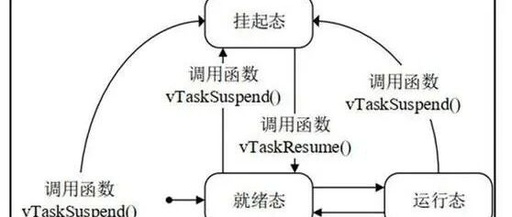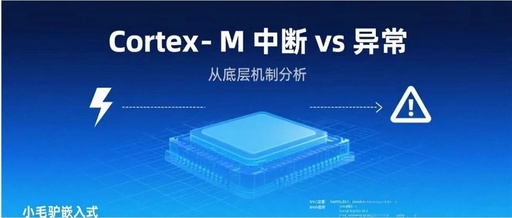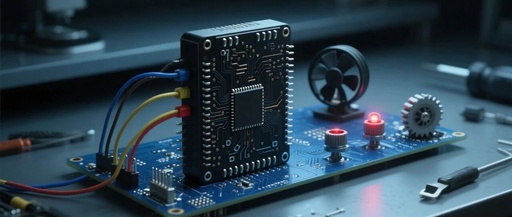Fundamental Principles of Real-Time Operating Systems for Embedded Microcontrollers
1. Program Execution Methods Polling System Refers to a method where all hardware is initialized first during program execution, followed by a main program that runs in an infinite loop, executing required functions in sequence. The polling system is a simple and reliable method, generally suitable for situations where tasks need to be executed in … Read more









